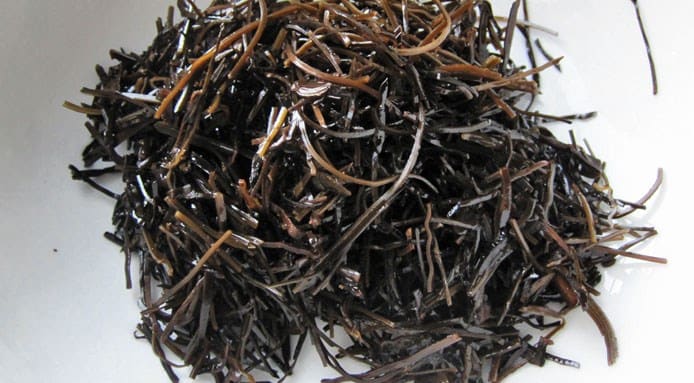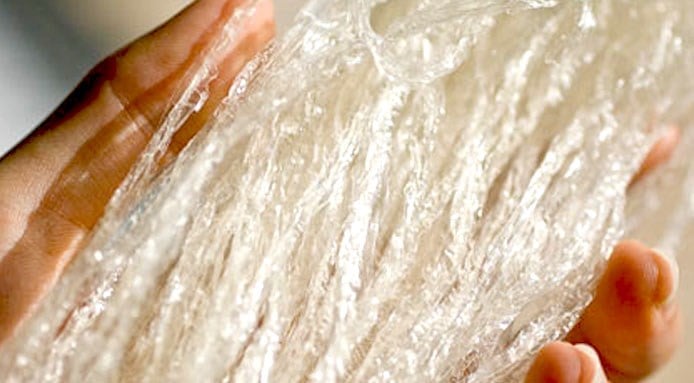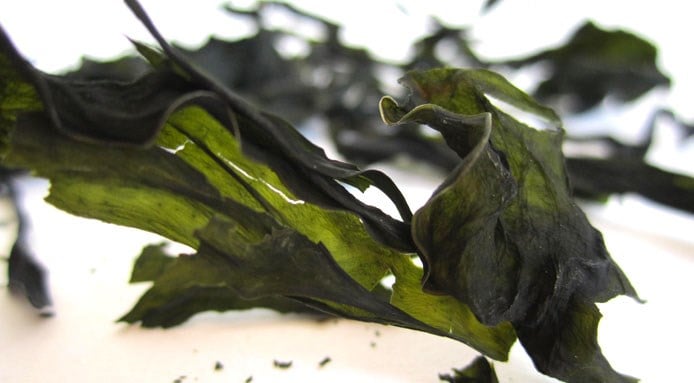If you’re captivated by the flavors of the sea, indulge in a sophisticated oyster and seaweed recipe crafted by the acclaimed Irish chef, JP McMahon. Dive into the world of Japanese seaweed and unlock a wealth of culinary delights that are both delicious and nutritious.
Nori: A Sushi Staple

Nori, perhaps the most recognized among Japanese seaweeds, owes its fame to its integral role in sushi and rolls. Beyond sushi, it’s also available as a delectable snack. What makes nori truly remarkable is its generous supply of vitamins A and C.
Kombu: Umami-Rich Essence

Kombu, with its rich umami flavor and pleasing texture, takes center stage as a crucial component in Japanese dashi broth. Beyond enhancing flavors, kombu offers an impressive nutritional profile, making it a fantastic addition to stews and salads.
Here’s an exciting twist: Use kombu to cook beans, effectively reducing their gas-inducing properties.
Hijiki: The Fiber-Packed Marvel

Hijiki, represented by its small, inky flakes, can transform your salads into nutritional powerhouses. Its deep black hue hints at its richness in fiber, iodine, calcium, magnesium, and iron.
Beyond its nutritional prowess, hijiki is believed to support digestion, reduce cholesterol levels, and boost energy. Before incorporating it into your recipes, remember to soak it in water for 30 minutes.
Agar Agar: A Versatile Thickening Agent

Agar agar, commonly employed as a dessert thickener, stands as a remarkable vegetarian alternative to gelatin. With its origin in red algae, it has also found its place in the realm of molecular gastronomy.
Wakame: The Magnesium Marvel

Wakame, a true nutritional gem, is not only low in calories but also virtually fat-free. Its magnesium-rich profile makes it a popular choice in seaweed salads and soups, most notably miso soup.
